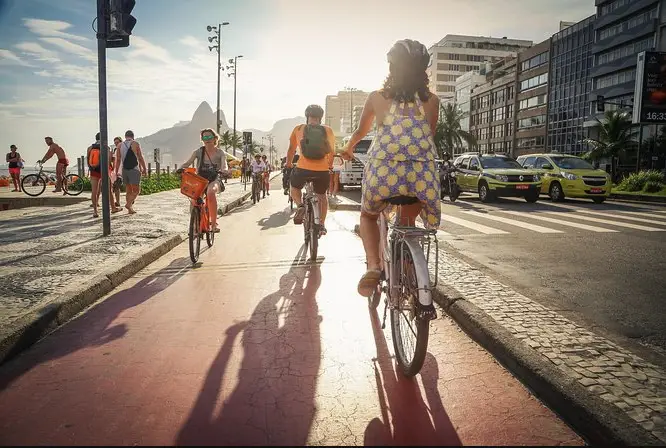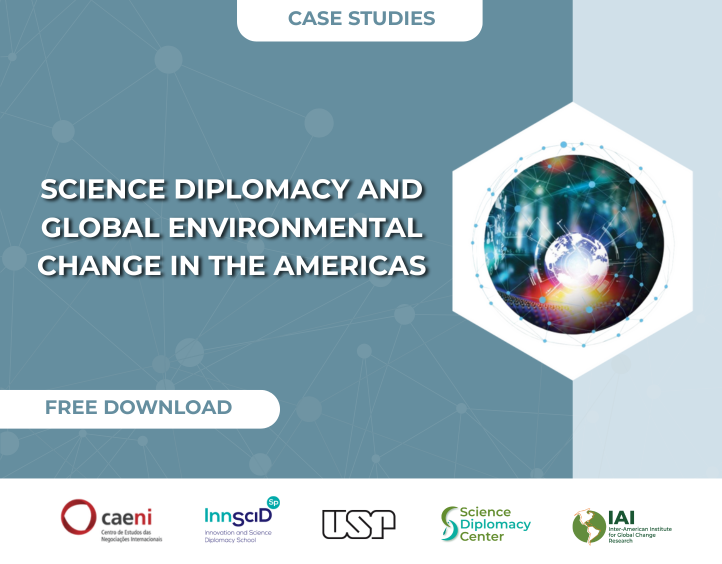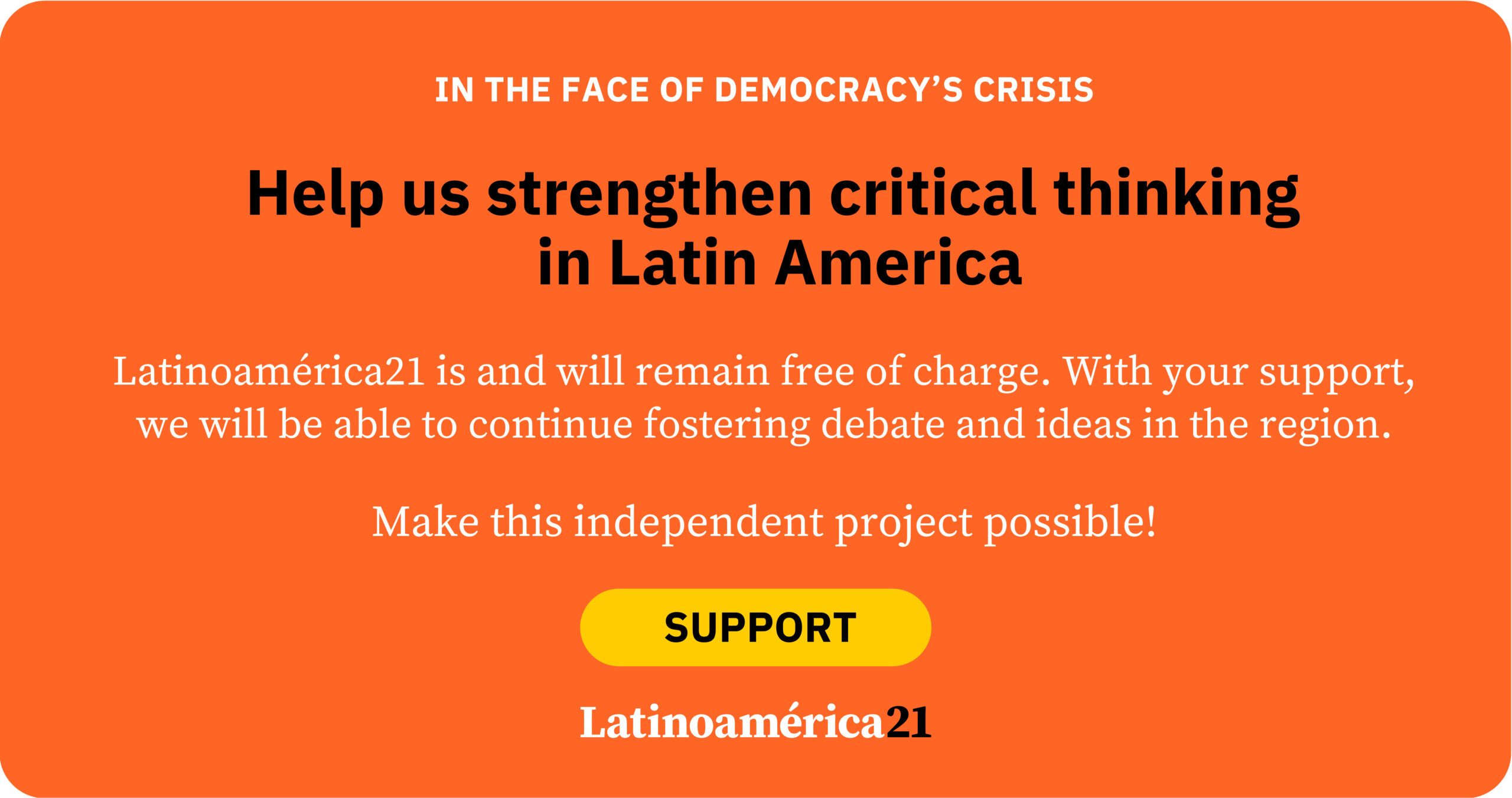Every April 6 marks the International Day of Sport for Development and Peace, a date that highlights the transformative power of physical activity as a tool for social cohesion, inclusion, and well-being. This year, the global theme “Leveling the Playing Field” resonates strongly in Latin America, a region where access to sport and regular exercise remains shaped by deep inequalities in gender, age, and education level. The World Health Organization (WHO) notes that physical inactivity is the fourth leading risk factor for global mortality, and its rise in many countries has significantly contributed to the prevalence of non-communicable diseases (NCDs) and the overall health of the global population.
A recent global study by the WIN network, based on over 34,000 interviews in 39 countries, offers a precise snapshot of physical activity habits worldwide. The results show that although exercise practice is slowly increasing globally (from 37% in 2018 to 43% in 2025), major barriers remain for millions of people.
In Latin America, only 35% of the population report exercising frequently, well below the global average (43%), placing it as the least active region in the study. A full 65% of Latin Americans do not engage in regular physical activity.
The gaps are numerous. Women and people over 65 are the most inactive groups. But the most decisive factor is education: only 18% of those with low education levels exercise frequently, compared to 53% among those with higher education.
Understanding what motivates people to exercise also helps in designing more effective policies. Various studies in the region reveal that the main reason for exercising is health improvement, followed by emotional well-being and the desire to feel good—more than for aesthetic reasons. In Colombia, for example, academic research has found that both men and women share fun as their primary motivation, but differ in others: women prioritize feeling good about themselves and maintaining their figure, while men tend to focus more on competition and physical performance. Furthermore, mental health is increasingly emerging as a driver for physical activity, especially in urban settings where daily stress creates a need for emotional release and regulation.
The myth of lack of time is also crumbling: according to the data, people who work or study are the most likely to exercise, suggesting that sport is also a matter of opportunity, motivation, and environment.
Regional averages conceal important differences. Paraguay (53%), Mexico (50%), and Argentina (44%) lead the region, followed by Peru (32%), while Brazil, Chile, and Ecuador have levels close to 25%. In all countries, men exercise more than women, but in Peru, the gender gap is especially pronounced.
This may stem from multiple factors: from traditional roles that leave women with less free time, to insecurity in public spaces and stereotypes that still associate sports with masculinity. Another factor is how exercise is perceived and reported: many women engage in physical activity related to domestic or caregiving tasks, such as walking long distances, but do not count it as exercise.
A striking data point is the link to pets. The study shows that people with animals—especially dogs—are more likely to exercise: walks become a healthy habit that promotes an active lifestyle even among those who don’t go to the gym.
In Argentina, the data shows a positive trend: frequent physical activity grew from 36% in 2021 to 44% in 2025. The increase is mainly explained by residents of Buenos Aires City, who lead the country in exercise levels. However, the gap by socioeconomic and educational level remains significant.
In contrast, Brazil is experiencing an alarming decline. Physical activity rates dropped from 36% in 2021 to 27% in 2025. Experts attribute this to a combination of factors: rising cost of living limiting access to gyms and paid sports, the loss of habits formed during the pandemic, and structural inequality in access to sports spaces and programs. Currently, 72% of Brazilians do not exercise regularly.
The importance of sport goes beyond physical or mental health benefits. When accessible, it can be a powerful tool for social transformation. The Espartanos Foundation in Argentina is an example: it works with incarcerated individuals through rugby, promoting values such as respect, teamwork, and personal growth. Its story was recently featured in a Disney+ documentary series, which helped highlight its impact.
State-led initiatives are also noteworthy. Argentina’s Ministry of Tourism and Sport runs the Sport for Social Inclusion program, bringing physical activity to vulnerable neighborhoods, creating spaces for support, training, and rights. In Brazil, the Segundo Tempo program seeks to guarantee access to sport for children and adolescents in vulnerable situations, reinforcing public schools as spaces of inclusion.
These initiatives show that with political will, sport can be much more than recreation: it can be a tool for citizenship, resilience, and equity.
The data is clear: access to sport remains deeply unequal in Latin America. Although there has been progress, millions of people—especially women, older adults, and those with fewer resources—remain sidelined.
The study leads to a clear conclusion: sport has the power to unite, inspire, and transform, but that is only possible if no one is left behind. Latin America needs sustained public policies, safe spaces, cultural campaigns, and community programs that truly level the playing field. Because when sport is for everyone, society as a whole wins.
*Machine translation proofread by Janaína da Silva.













